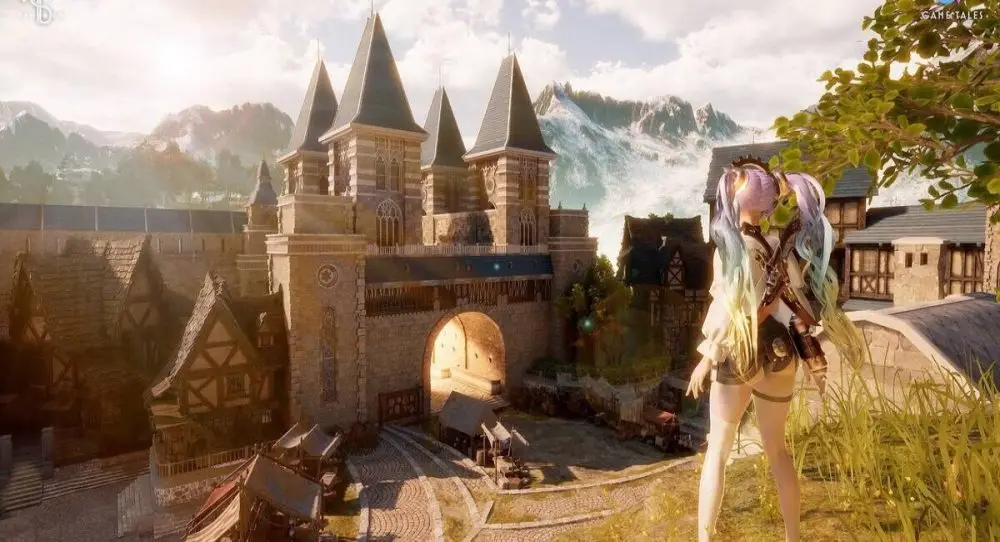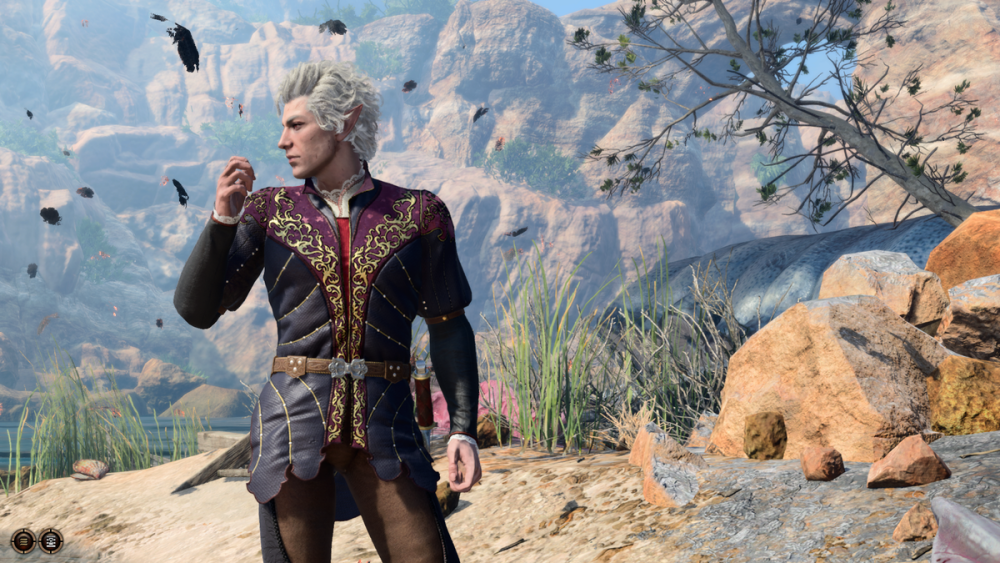The annual presentation once again shifted the industry’s focus: dozens of premieres, technological leaps, and pivotal decisions set the vector for development. The current year is changing the priorities: depth of the world instead of a graphics race, ideas designed to keep players engaged for hours instead of loud franchises. The top games from Future Games Show 2025 demonstrate a clear shift towards PvE experiments, cooperative freedom, faction interaction, and narrative scale.
New Frontier of top games from Future Games Show 2025: PIONEER
Post-apocalyptic setting without clichés, Soviet spirit, and RPG structure distinguish PIONEER among the top games from Future Games Show 2025. The game features PvE and PvP modes with multiplayer architecture, combining survival, mutant hunting, and in-game geopolitics. The island map, plunged into catastrophe after anomalous research, offers ample room for tactics and exploration.

Features:
-
PvPvE on a single platform;
-
in-game factions with economy and influence zones;
-
dynamic weather, realistic day-night cycle;
-
real-time weapon customization;
-
maximum detail on the Unreal Engine 4.
The trailers from Future Games Show 2025 emphasized a mature approach to aesthetics — muted tones, dense atmosphere, and moderate cinematography.
Logic and Biology: Reanimal takes the simulation genre to a new level
In the list of top games from Future Games Show 2025, the project Reanimal attracted attention with its scientific foundation. The main task is to recreate extinct animals through genome modification and simulation of behavioral models. The player manages a biolab from scratch, forms teams of scientists, and analyzes organisms’ reactions to the environment.
Gameplay depth:
-
DNA and cell editor;
-
building biospheres with different climates;
-
species interactions: hunting, breeding, mutations;
-
visualization of internal anatomy;
-
fine-tuning behavioral instincts.
The game not only entertains but also educates. Each gene combination reflects a realistic species development model.
Romestead in the top cozy strategies
Romestead strengthens the niche of “comfortable” video games. A hybrid of a building simulator and social drama allows players to create a shelter in a forested area, where automation coexists with culinary arts, farming, and neighbor support. The main goal is to create a self-sustaining ecosystem without burnout.
Key parameters:
-
co-op for up to 4 players;
-
crafting with 150+ recipes;
-
season simulation;
-
characters’ internal psychology: emotions, preferences;
-
contextual music and nature sounds in 3D recordings.
Romestead closes the block of the most anticipated games but confidently enters the list of projects from Future Games Show 2025 as one of the most peaceful and tactically pleasant releases.
Legend’s Return: System Shock 2 Remastered
System Shock 2 returns in an updated form. A case where not only the graphics were updated but the mechanics were rebuilt. The remaster integrates updated sound, new voice acting, HDR support, and tactile feedback in controllers. A complete reconstruction of the inventory and combat system removed the 90s relics.
Updates:
-
RTX support;
-
adaptive AI;
-
preservation of the original storyline;
-
custom difficulty levels;
-
mod support.
The scenario and philosophy remain untouched: the fight against digital tyranny, balancing psychology and combat survival.
Alternative to Half-Life: Industria 2 carves its own path
Industria 2 expands the lineup of narrative FPS games with a philosophical undertone. The world of anti-utopia, a prototype of East Berlin, is realized with cinematic precision. The story explores themes of guilt, loss, and abandonment of technologies — without pathos but with grandeur.
Features:
-
narrative with a single timeline;
-
minimal interface;
-
combat mechanics based on physical reactions;
-
deep sound design: 48 channels of spatial sound;
-
advanced photomode.
Industria 2 confidently takes its place in the list of the top 10 games from Future Games Show 2025, offering a rare combination of aesthetics and philosophy.
Innovations without pause: FBC: Firebreak reveals fiery strategies
FBC: Firebreak literally uses a thermo theme. Players control an elite unit extinguishing anomalous fires in real-time. Team-based PvE, a 3D map with a shrinking zone, and destruction scenarios make the game one of the most dynamic.
Parameters:
-
multiplayer for up to 8 players;
-
over 70 equipment options;
-
fire simulation based on wind, flammability, and architecture;
-
single-player campaign mode with training;
-
squad rating system.
The project was added to the top games from Future Games Show 2025 as the first team-based strategy not based on weapons but on firefighting tactics.
Mystique, Light, and Shadows: WILL: Follow The Light
WILL: Follow The Light stands out with an unusual combination of platformer and quest. The main tool is a light beam capable of moving objects, changing gravity, and revealing hidden mechanisms. The narrative is built without words, through visual scenes and sound.
Game features:
-
puzzles with dynamic light control;
-
unique sound patterns tied to success;
-
12 biomes: from caves to glass towers;
-
subtle narrative curve: each level evokes a different emotion;
-
stylized animation with hand-drawn art.
WILL: Follow The Light became one of the top games from Future Games Show 2025 based on audience voting results.
Hard Comeback: Painkiller Returns
Painkiller was announced without unnecessary diplomacy. Arena, action, dynamics. New engine, increased number of enemies on screen, and PvE survival modes. Special emphasis is placed on tactile feedback and vertical dynamics — jumps, movements, destruction.
Gameplay novelties:
-
over 60 types of weapons with alternative modes;
-
co-op for up to 6 players;
-
survival mode on arenas;
-
demon factions with unique attacks;
-
built-in level editor.
Painkiller is a symbol of how shooters can remain relevant even in the era of narrative blockbusters.
Politics and Tactics: Mount & Blade 2: Bannerlord unfolds factional war
Bannerlord continues to expand. The announcements from Future Games Show 2025 included a Stand-Alone campaign feature independent of the main story. Factions now manage their own economy, form alliances without player involvement. Naval combat is integrated, and the map is expanded by 30%.
New parameters:
-
18 active factions;
-
PvP battles with ballistics;
-
3 new continents;
-
internal diplomacy;

-
outpost customization.
Top 10 games from Future Games Show 2025: a mirror of the industry
The top games from Future Games Show 2025 confirm a shift towards semantic density, interactive depth, and technological flexibility. The announcements not only refreshed the lineups but also set new standards. Anticipated games focus on managing emotions, factional freedom, and interaction within PvE architecture. Sound, story, gameplay, and graphics are no longer separate elements — they work as a unified canvas.
 en
en  ru
ru  de
de  ar
ar  es
es  hi
hi  fr
fr  nl
nl  it
it  pt
pt  el
el 









